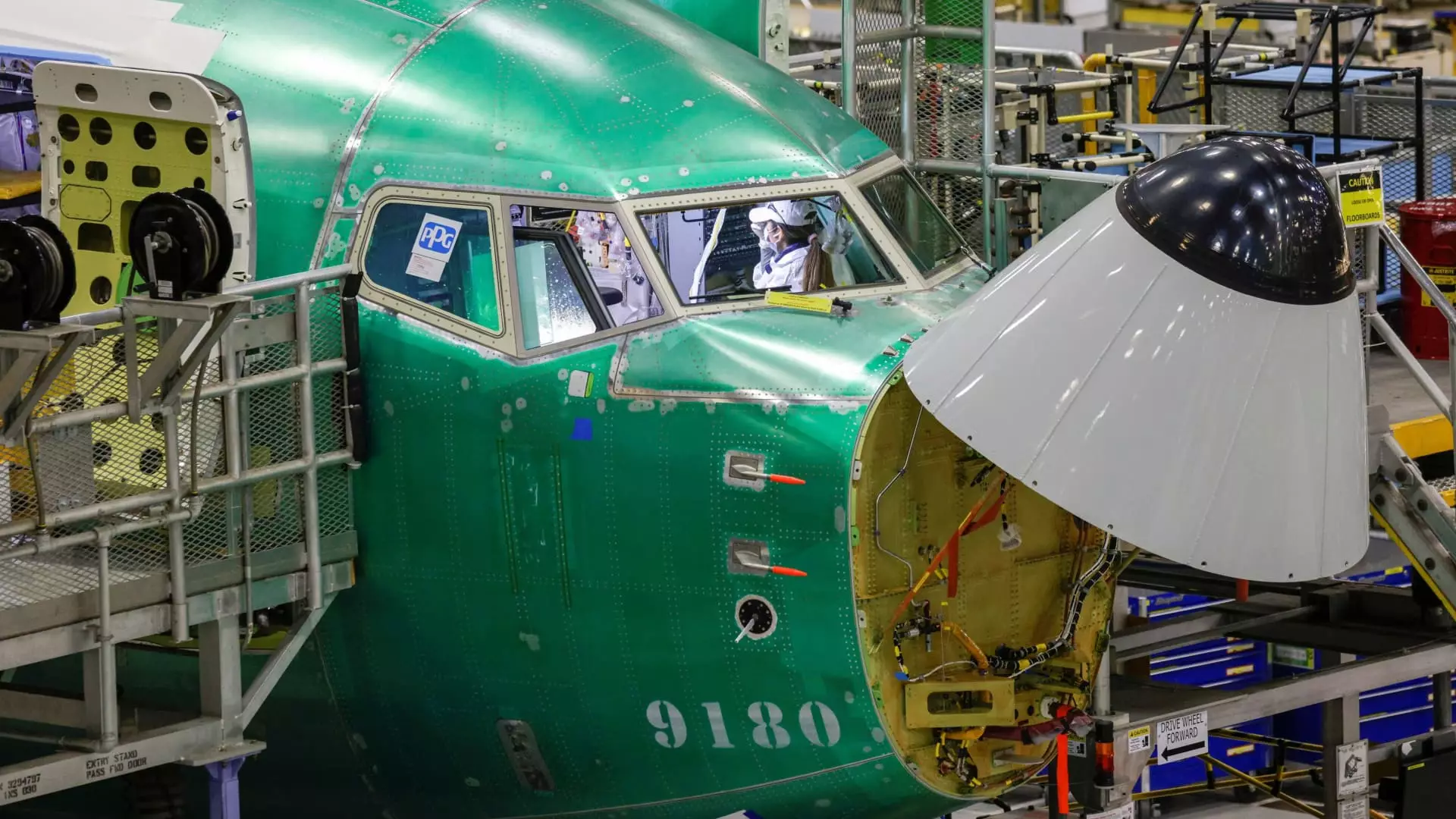The recent strike involving over 32,000 machinists at Boeing has spotlighted significant challenges the company faces as it resumes production. With the strike concluding last week after machinists ratified a new contract featuring a substantial 38% wage increase spread over four years, the immediate focus now shifts to revitalizing operations across Boeing’s various facilities. However, the manufacturer warns that this recovery process is expected to be gradual, taking weeks before production levels can return to normalcy.
The strike, which commenced on September 13, was fueled by machinists’ rejection of an initial offer that included a mere 25% pay increase. This highlights the increasing demands from labor in a post-pandemic economy, where financial security has become paramount for many workers. The resolution of the strike brought a sense of relief, not just for the machinists, who fought for better conditions, but also for Boeing, which had been grappling with the ramifications of halted output on its reputation and finances.
Boeing’s manufacturing output took a considerable hit during the strike, evidenced by the company delivering only 14 jetliners in October—the lowest figure since November 2020, a period marred by the pandemic and the grounding of the 737 Max model. These figures are stark reminders of the precarious balance Boeing must maintain between labor relations and production efficiency. Out of the deliveries, nine were 737 Max models, underscoring the strain on a once-thriving product line that has faced numerous challenges in recent years.
As employees return to their positions, Boeing is tasked with a thorough reassessment of workplace conditions. Safety protocols, updated training qualifications, and potential hazards must be meticulously evaluated to create a safe environment for machinists. Boeing’s CEO Kelly Ortberg emphasized the complexities of restarting operations, describing the process as being more complicated than halting them. This reiteration underscores the necessity for a systematic approach to reintegrating the workforce into a rhythm that allows for both safety and productivity.
Interestingly, despite the production halt, Boeing managed to secure 63 gross aircraft orders last month, signaling continued demand for its products. The orders hint at resilience in the company’s market presence, with many customers undeterred by the labor dispute. Notably, the sales included 40 units of the 737 Max 8 for the Avia Solutions Group, alongside deliveries of 10 Dreamliners to LATAM Airlines, indicating that while production was hindered, market demand remained robust.
As Boeing emerges from the shadows of a significant strike, the road to recovery involves more than just restarting production lines. It requires careful consideration of labor relations, operational safety, and market dynamics. The manufacturing giant must navigate this complex landscape with a clear vision for the future, ensuring that the lessons learned from the recent events foster a stronger foundation for sustainability and growth in the years to come. The company stands at a critical juncture, one that will determine its trajectory in an increasingly competitive aerospace industry.

